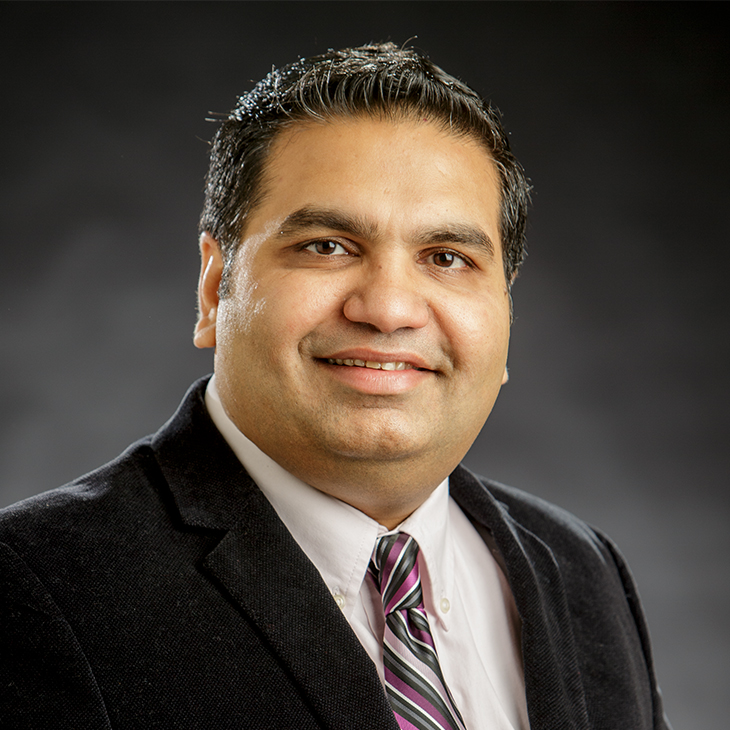
OSU Industrial Assessment Center receives DOE funding
Wednesday, August 4, 2021
Media Contact: Jeff Hopper | Marketing Media Specialist | 405-744-2745 | jeff.hopper@okstate.edu
The Industrial Assessment Center (IAC) at Oklahoma State University has received a five-year funding award from the U.S. Department of Energy (DOE) totaling $1.75M starting September 2021 and running through August 2026.
In late July, the DOE announced funding totaling $60 million for its largest-ever cohort of 32 university-based IACs located in 28 states across the country.
This new cohort of IACs will provide site-specific recommendations to small and medium size manufacturers with opportunities to improve productivity, secure information, reduce waste and save energy while providing training for undergraduate and graduate engineering students in manufacturing processes, energy assessment procedures and energy management systems.
Also, these IACs will focus on improving productivity, enhancing cybersecurity, promoting resiliency planning, and providing trainings to entities located in disadvantaged communities.
The funding award is rigorously reviewed every five years and higher-education institutions must submit a new proposal application for and compete for funding, regardless of previous status. The funding allows both the main center, housed at OSU, and its satellite center — located on the Wichita State University campus — the ability to further develop their ability to provide efficient, cost-saving assessments for their clients and increase the impact each center has on students.
“I am proud to serve as the Director of our IAC,” said Dr. Hitesh Vora, an associate professor in OSU’s Mechanical Engineering Technology program. “The structure of the IAC program is unique, innovative, integrates the three important objectives — community service, teaching, and research — of the land-grant mission of Oklahoma State University, and provides an economic boost to the region. This program offers an unbiased service to the real clients that provide value-added recommendations to their real problems and save energy and reduce cost.”
The OSU IAC opened in 1982 and recently was recognized as the only IAC in the country that has completed more than 1,000 assessments. According to the DOE’s IAC database, the overall IAC program has totaled over $4.5 billion in cost savings with the OSU IAC contributing more than $300 million in energy cost saving implementations since its inception.
The mission of OSU’s IAC, one of the 32 IACs funded by the U.S. Department of Energy, is two-fold. Its primary mission is to provide small- and medium-sized manufacturers with no-cost energy assessments, which can help to reduce energy and waste, and increase their productivity and efficiency.
“Our goal is to save our clients at least 10% of their energy costs,” Vora said. “We also aspire to an implementation rate above 40%.”
The second objective of the IAC is to provide students with service-learning experience which includes hands-on education and training which will help them prepare to become the next energy, waste and productivity professionals.
“We want to produce competent, motivated energy engineers,” Vora said.
At least 10 students are provided the opportunity to develop their skills in a multitude of areas including energy conservation technologies in conjunction with increased productivity, the economics of implementing suggestions, and client relationships including client recruiting, on-site assessment, reporting, and client-related communications.
The OSU IAC is one of the oldest, continuously-operational centers in the country and its dedication to its clients and ability to solve complex problems in new, innovative ways make it an inviting and trustworthy target for DOE funding.
“It is a team effort, and the success of our center is only possible because of the hard work and dedication of each of our team members including our center students, staff and faculty members,” Vora said. “They, along with our immense network of stakeholders, provide the tools needed to carry out our mission for clients and students alike.”
